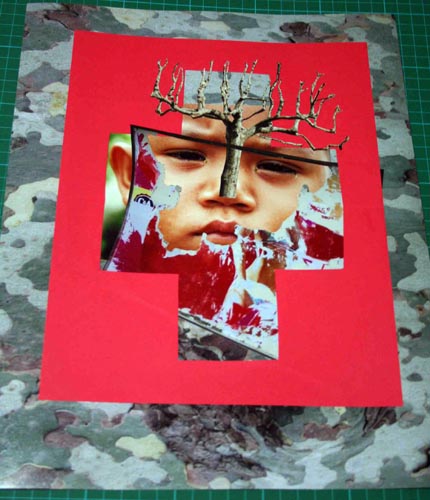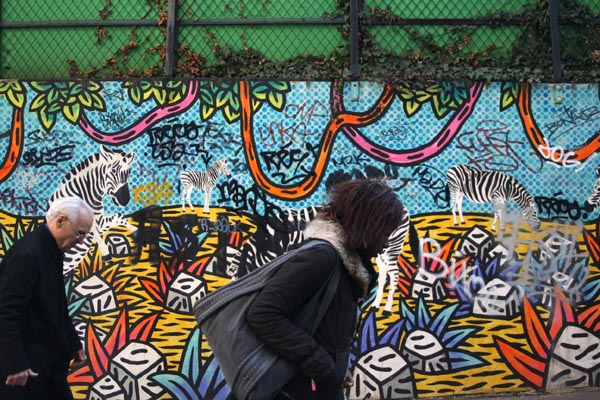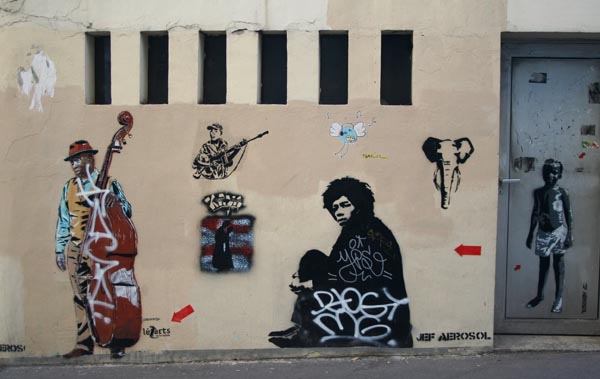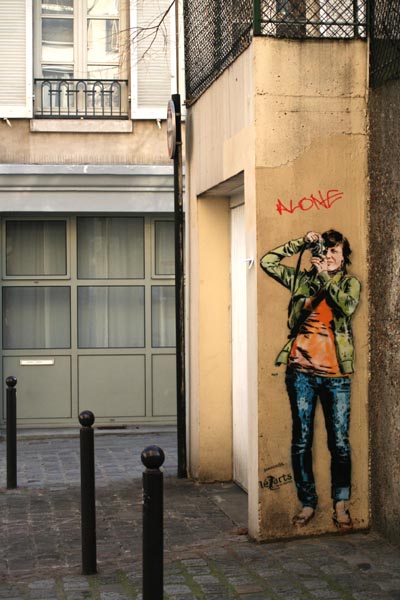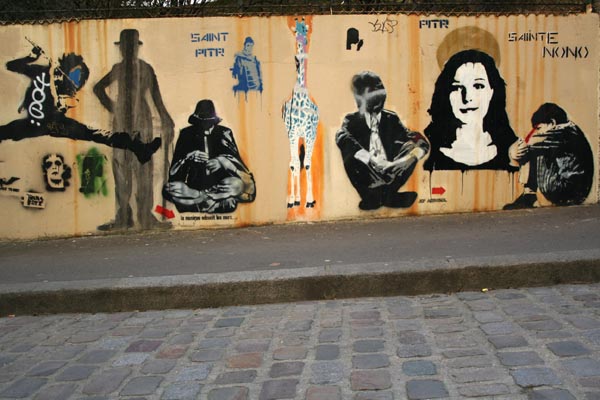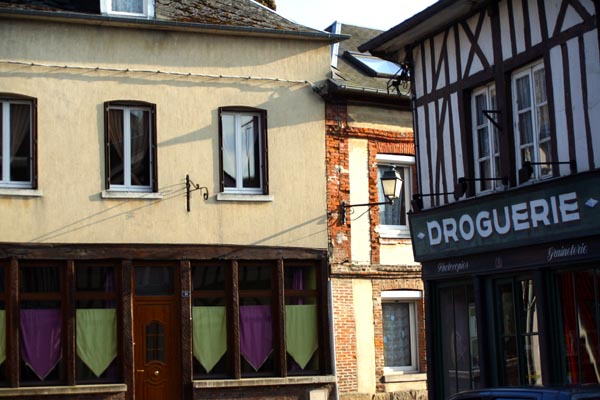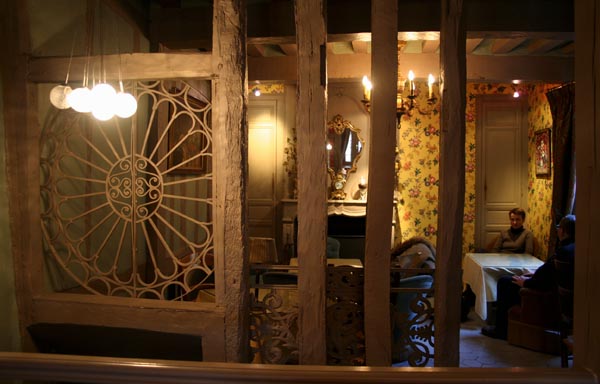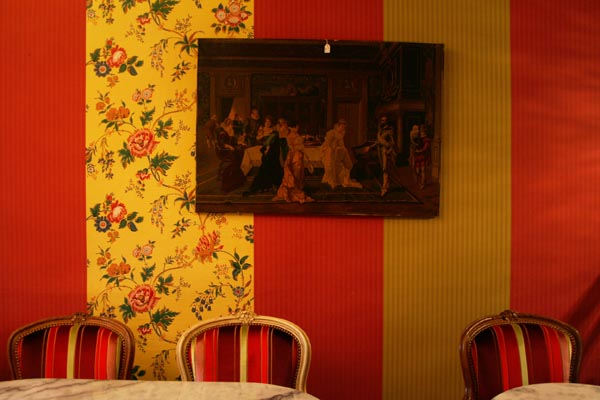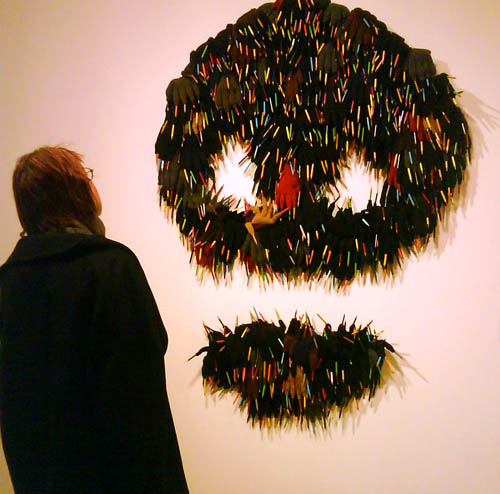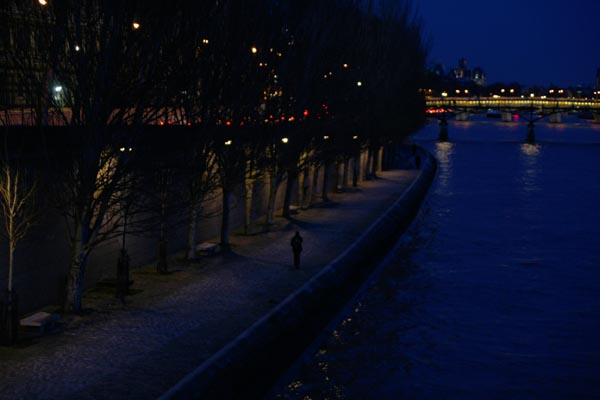I wasn’t really blown away by the photos/artworks on exhibit at Jeu de Paume gallery
but there was this installation that hit home…
It was by artist ESTHER SHALEV-GERZ,
who interviewed the first generation immigrants of Botkyrka in Sweden and asked them these questions…
Since you first settled here,
WHAT DID YOU LOSE? WHAT DID YOU FIND? WHAT DID YOU GET? WHAT DID YOU GIVE?
I wrote down the answers (from the transcript) that I can relate to.
“I felt I had lost smells, colors, views and places where I lived and where I was born. There was something missing. I missed also some tastes. My mother tongue is your foreign language. The price is that I can never see the world as human being who comes from a specific place. I lost my personal identity. I lost the community, relationships, the possibility that your relationships will grow. I lost the landscape…”
“My heart, half of my life is there, you can’t just forget it like that. I come to a foreign country to start all over. Maybe when you leave your home country you know consciously or subconsciously you have left behind things that you don’t want to bring along in some way. It’s very complicated. But I have it here inside me all the time. I don’t really know what I’ve gained and I don’t know what I’ve lost either, maybe I’ve gained wealth and diversity but lost kinship. The whole time you have to struggle to prove that you can. Even though we had everything I’ve felt that they were not our own things.”
“I am happy, I am broader. I got space…both mental and well space. But you can always begin zero in your life, it doesn’t matter what age. I cannot be ashamed of my roots… You cry differently and laugh differently in your own language than you do in a new language.”
“They say you have more baggage when you carry two cultures, two languages and that is both good and bad. There’s also a feeling of freedom in that, but also some loneliness. You both lose and find things. Valuable things in life that can be of critical importance for a person’s personality. What you lose…in some ways you lose the roots that you had back home. You’re uprooted from your origins and leave behind your childhood memories that are sacred to every person. You begin a journey to uncertainty, a very unsure future, you don’t know what’s going to happen. I felt like a plant without its roots.”
~
I remember a woman who went to my PARALLEL UNiVERSE exhibit opening in Paris
and mentioned the presence of trees in my photo collages, for her it symbolizes our roots.
One should not forget our roots, Wherever we may be.



